Description
Macpherson Acrylic Eggshell is a quick drying alternative to conventional eggshell. Provides a durable, washable sheen finish which will not yellow. It goes on easily and you won’t need to worry about paint odours.
PREPARATION
New surfaces Walls All surfaces must be sound, clean, suitably dry and free from anything that will interfere with the adhesion of the materials to be applied. Powdery, polished plaster or dense surfaces should be primed with Macpherson Universal Primer. Porous surfaces should be ‘mist’ coated with Macpherson Acrylic Eggshell thinned with up to 40% clean water. Timber All surfaces must be suitably dry, and free from anything that will interfere with the adhesion of the materials to be applied. Rub down with a suitable grade of abrasive paper. Remove all dust. Treat knots with two thin coats of fresh knotting. Fill any fixing holes, with Filler. Rub down with a suitable grade of abrasive paper. Remove all dust. Prime with one coat of Macpherson Acrylic Primer Undercoat.
Previously decorated surfaces
Walls: All surfaces must be suitably dry, and free from anything that will interfere with the adhesion of the materials to be applied eg dirt, grease etc. Remove all loose, and failing or suspect paint. Feather edges of sound paint. Remove all dust. Organic growth must be removed and the areas treated with Crown Trade Fungicidal
Solution. Fill any fixing holes, cracks and shallow surface with Ready Mixed Filler. Wash remaining sound paint with hot water and liquid detergent solution to remove any contaminants, frequently changing the water. Any glossy or eggshell surfaces should be wet abraded to provide a key. Rinse with clean water to remove all residues. Allow to dry.
Timber All surfaces must be suitably dry, and free from anything that will interfere with the adhesion of the materials to be applied. Remove all loose, and failing or suspect paint. Remove grey and denatured surfaces by rubbing down with abrasive paper. Feather edges of sound paint. Remove all dust. Organic growth must be removed and the areas treated with a fungicidal solution. Treat knots with two thin coats of fresh knotting. Fill any fixing holes, open joints and shallow surface defects and rub down.
Metals All surfaces must be suitably dry, and free from anything that will interfere with the adhesion of the materials to be applied. Remove all loose, and failing or suspect paint. Feather edges of sound paint. Remove all rust. Remove all dust. Spot prime ferrous and non-ferrous metals including galvanised metal with one coat of
Macpherson Universal Primer.

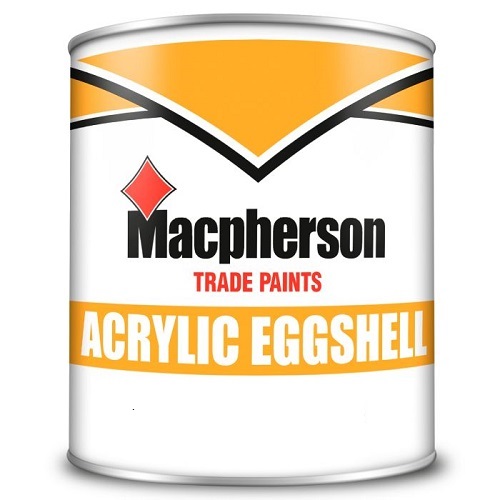
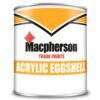
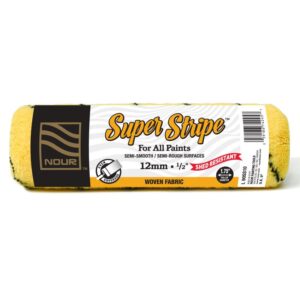
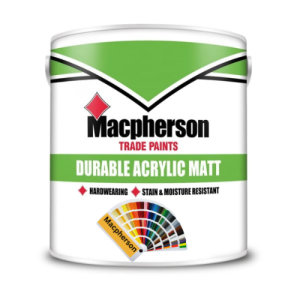

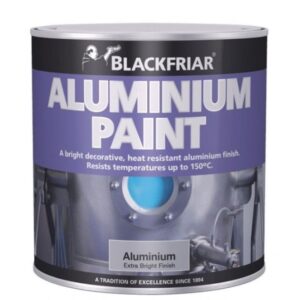
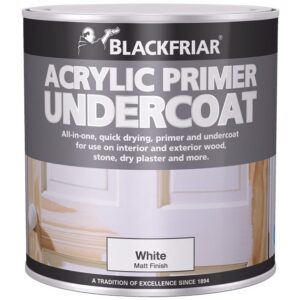



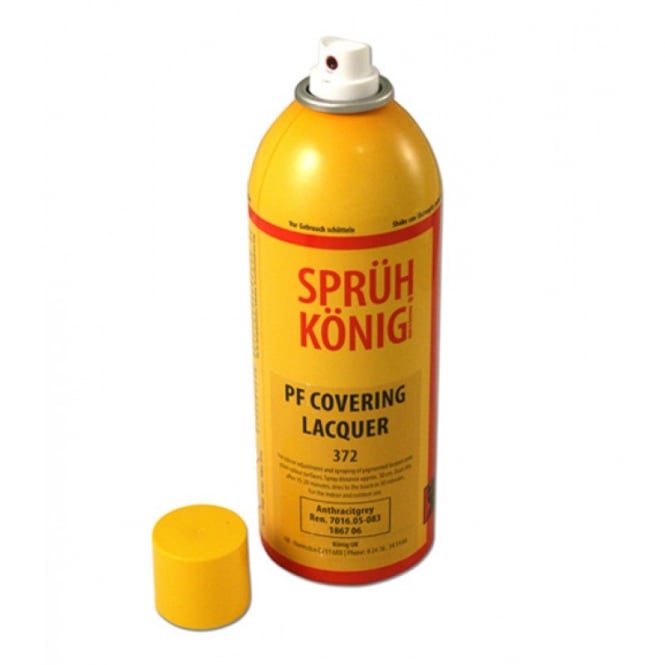
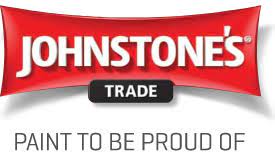
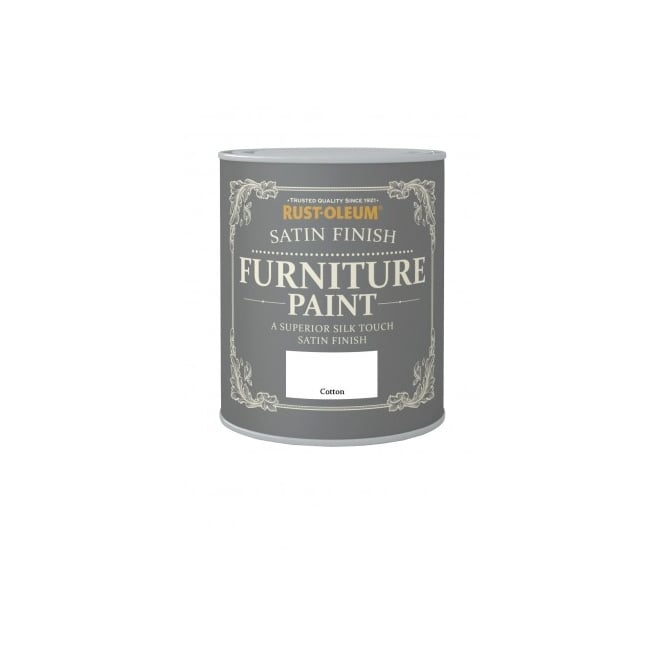
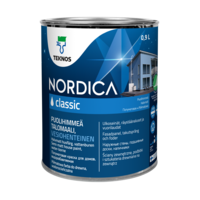
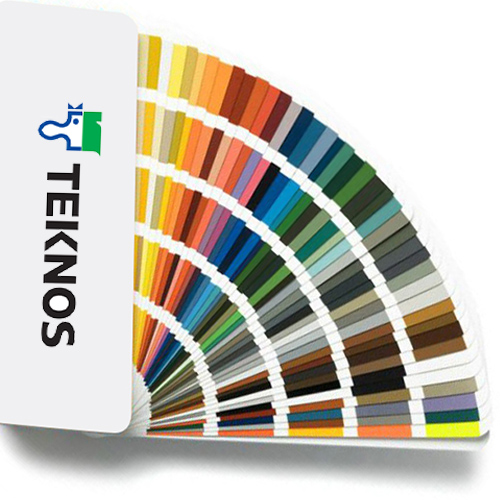

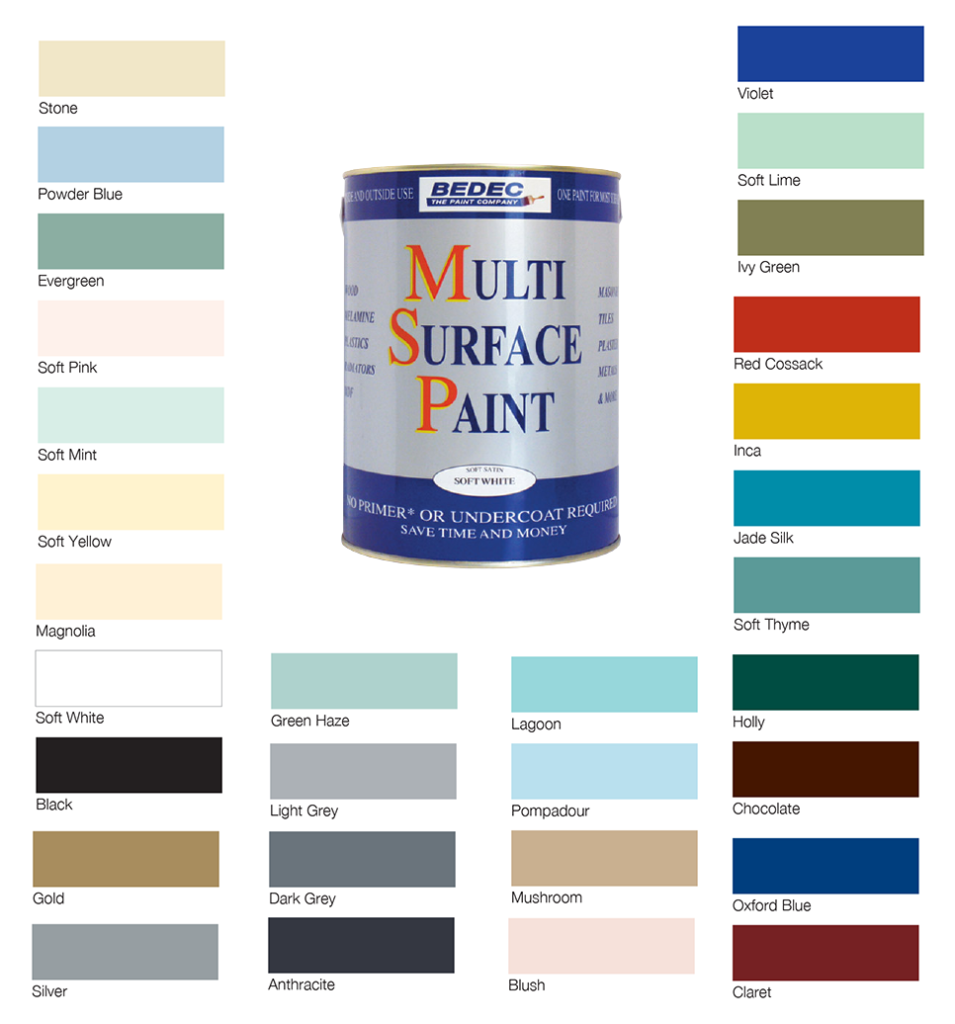



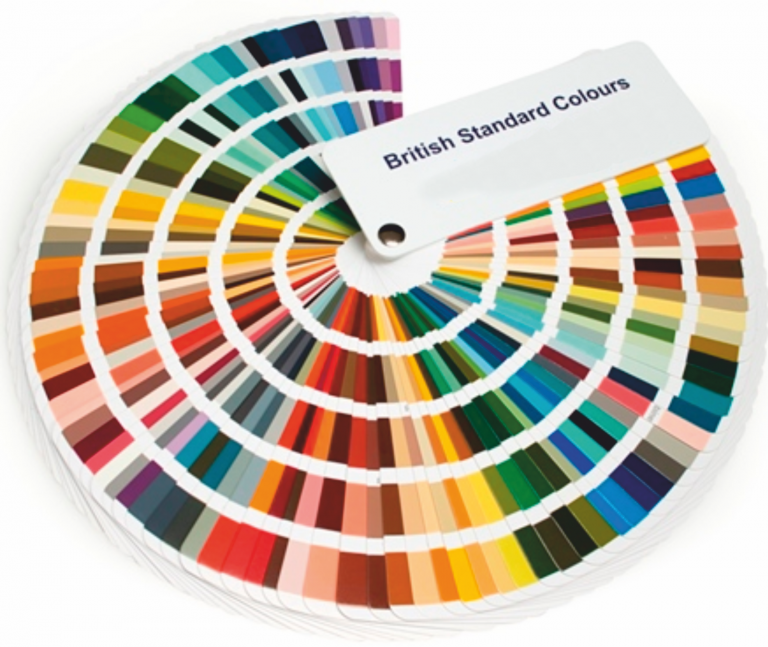
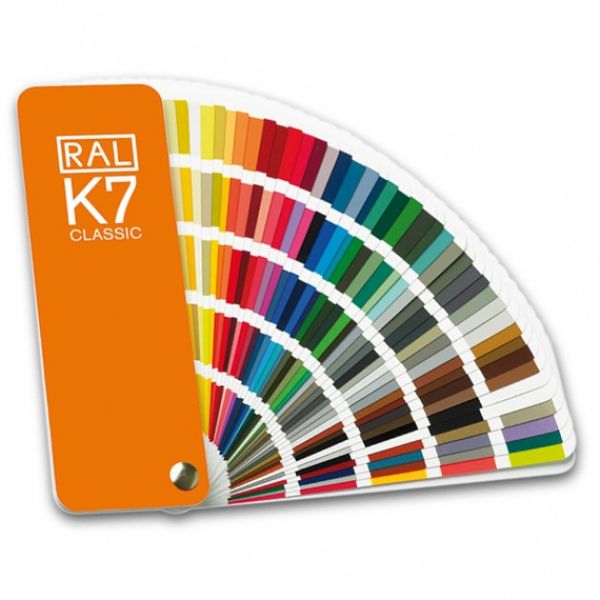
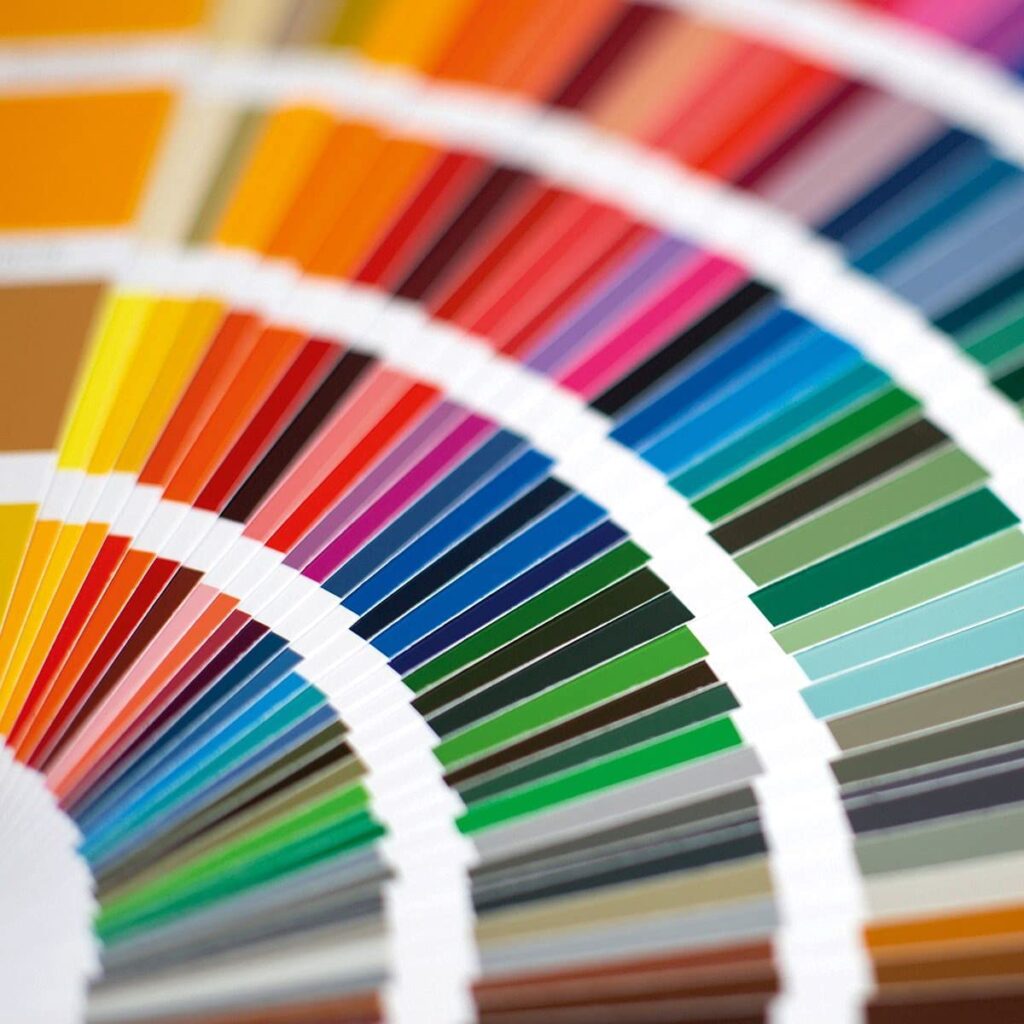


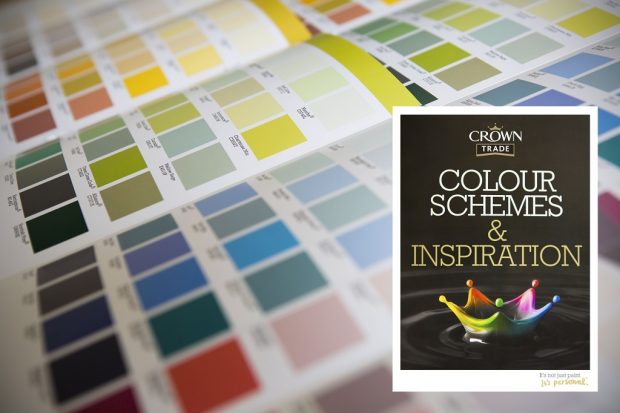
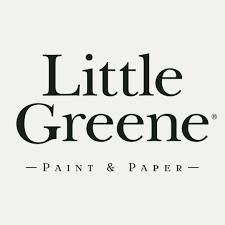
 Living-room
Living-room 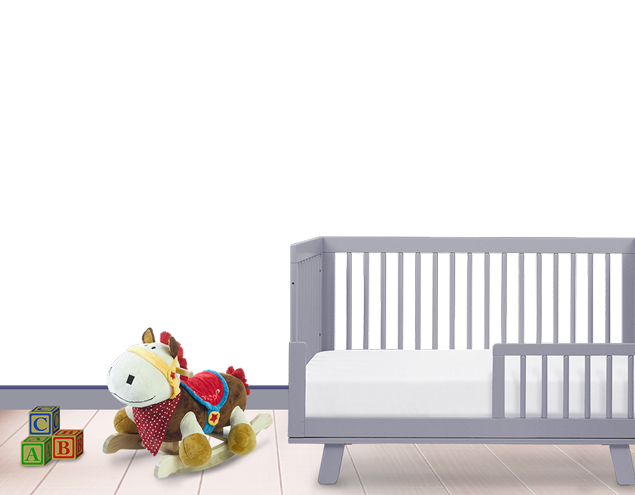 Kids-room
Kids-room  Bedroom
Bedroom